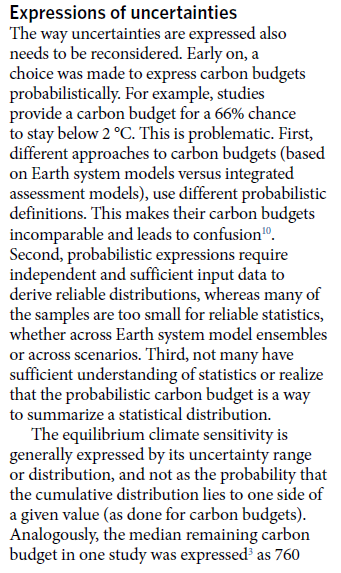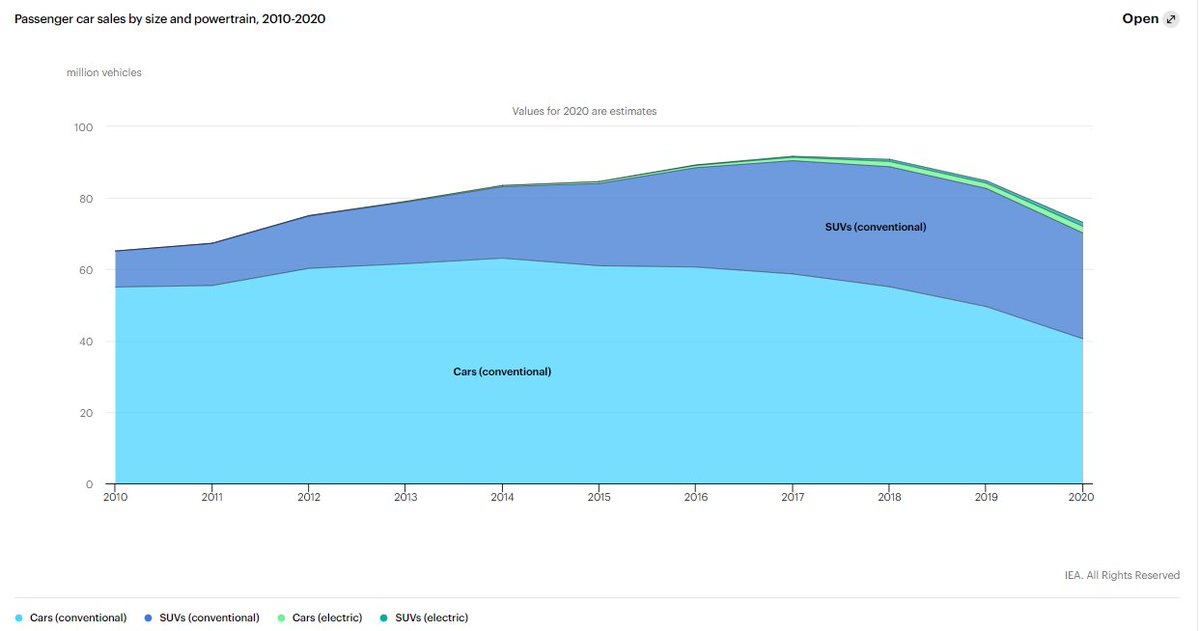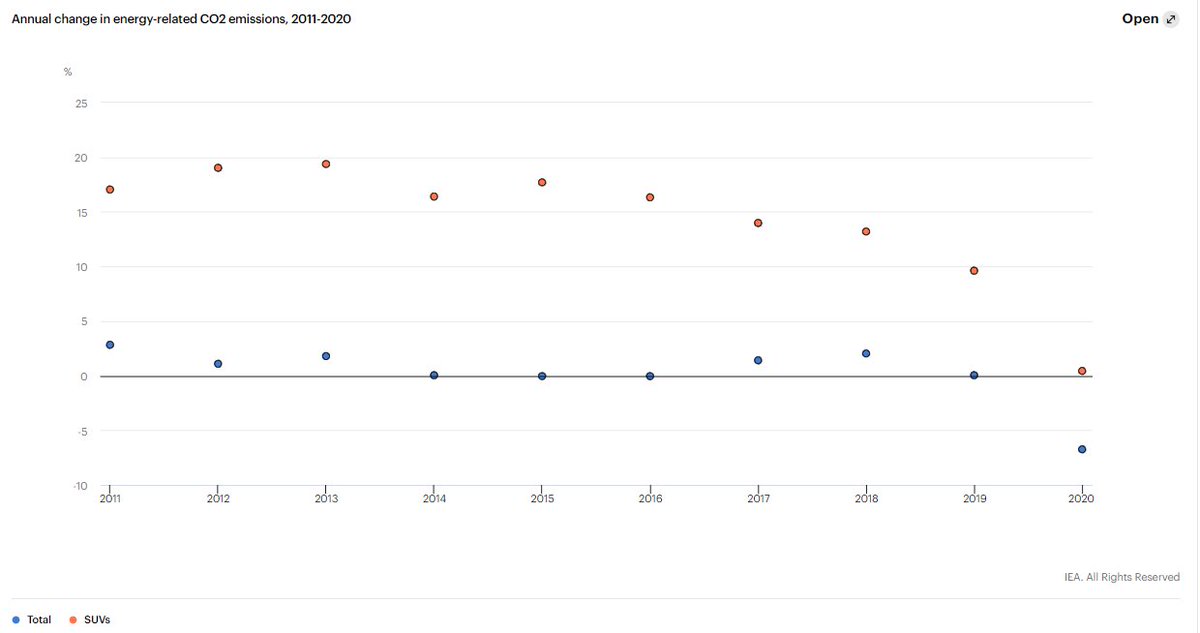
We can calculate the historical contributions to current warming, but how does this change in the future as we follow different levels of mitigation? This needs scenarios...
A short thread our new paper...
1/
link.springer.com/article/10.100…
A short thread our new paper...
1/
link.springer.com/article/10.100…

2. We use the Shared Socioeconomic Pathways (SSPs).
There are 5 SSPs, 6 forcing levels, & 6 IAMs. This is up to 180 realizations of future historical contributions, but their are 127 in practice as not all combinations were implemented or solvable.
There are 5 SSPs, 6 forcing levels, & 6 IAMs. This is up to 180 realizations of future historical contributions, but their are 127 in practice as not all combinations were implemented or solvable.

3. A challenge with historical contributions is to pick the start & end year.
Here is a start year of 1850 (CO₂ left, GHG right), with end-year:
* 1992, 2015: OECD high shares
...
* 2100: OECD share declines, more so in baselines (right bars) due to rise of Asia (yellow)
Here is a start year of 1850 (CO₂ left, GHG right), with end-year:
* 1992, 2015: OECD high shares
...
* 2100: OECD share declines, more so in baselines (right bars) due to rise of Asia (yellow)

4. Surprising result #1: If we fix the end year at 2100, a start year of 2015 does not lead to much variation across forcing levels (bars are similar).
This implies that IAMs have a similar mitigation distribution in weak & deep mitigation. Regions maintain the same shares!
This implies that IAMs have a similar mitigation distribution in weak & deep mitigation. Regions maintain the same shares!

5. ...so if a start year of 1850 is taken, looking back from 2100, the regional distribution is due to the 1850-2015 period, not the 2015-2100 period (*assuming mitigation happens as in SSPs*).
6. Surprising result #2: For a start year 2015, end year 2100. There is basically no variation across SSP (left) or forcing level (middle), a little variation across IAM (right).
The SSPs include equity (in adaptation), but this does not propagate to mitigation.
The SSPs include equity (in adaptation), but this does not propagate to mitigation.

7. Though, some IAMs lead to variations. On the right, some IAMs lead to large variation in historical contributions across forcing level (eg GCAM & IMAGE).
The IAM is more important than SSP or forcing level!
The IAM is more important than SSP or forcing level!

8. Historical contributions are somewhat controversial. They would imply more action from OECD.
But, the world is dynamic...
You would expect OECD shares to decline with mitigation & Asia to rise with growth, but IAMs use cost effective mitigation so that does not happen.
But, the world is dynamic...
You would expect OECD shares to decline with mitigation & Asia to rise with growth, but IAMs use cost effective mitigation so that does not happen.
9. For future historical contributions (based on scenarios), IAMs (& the way policy is implemented) seem to be the biggest driver of variation in contributions.
I was suspecting more variation by SSP & forcing level, but in hindsight...
I was suspecting more variation by SSP & forcing level, but in hindsight...
10. You can read the paper. We took out a mortgage to make it open access...
link.springer.com/article/10.100…
/end
link.springer.com/article/10.100…
/end
• • •
Missing some Tweet in this thread? You can try to
force a refresh











